Transcription
https://www.themarshallproject.org/2018/07/25/prison-rape-allegations-are-on-the-rise
07.25.2018
NEWS
Prison Rape Allegations Are on the Rise
But the accusations are still rarely found to be true.
By ALYSIA SANTO
Graphic by YOLANDA MARTINEZ
For a long time in the popular imagination, prison rape was, quite literally, a joke. Most cop shows could be counted on for a biting aside or two about dropping soap in a jail shower. But in Washington, some prisoner advocates took the problem seriously, pushing for the passage of the federal Prison Rape Elimination Act in 2003. Almost a decade later, in 2012, the Justice Department issued its first set of national standards requiring that detention facilities not only give inmates multiple ways to report sexual abuse but also investigate every allegation.
Prison rape is far from being eliminated, and there have been complaints for years that the law lacks real teeth. But new numbers released Wednesday show there has been at least one big change since 2012: sexual assault behind bars is being reported more — a lot more.
“I see this is a clear sign that prisoners are starting to trust the system, rather than an indication that sexual abuse in detention is skyrocketing,” said Lovissa Stannow, the executive director of Just Detention International, the leading advocacy organization trying to curb prison rape.
In 2011, before the national standards were issued, there were 8,768 allegations of sexual assault and harassment nationwide. By the end of 2015, that total had jumped to 24,661, a leap of more than 180 percent, according to the federal Bureau of Justice Statistics, which compiles the numbers it collects from corrections departments.
Still, the report shows, corrections administrators rarely decide that the alleged attacks actually happened. The number of accusations found to be true increased only slightly, while the number of allegations that were eventually found to be false or inconclusive skyrocketed.
Sexual Abuse in Prisons and Jails
Incidents of sexual abuse and harassment reported behind bars grew dramatically after new national standards were issued in 2012. As reporting improved, the number that were determined to be unfounded, meaning they didn't happen, grew alongside those that were unsubstantiated, meaning they lacked evidence to determine whether they happened. The number that investigators substantiated grew, but remains a small percentage of the total reported.
Of the 61,316 completed investigations from 2012 through 2015, corrections officials decided that 5,187 allegations — or about 8.5 percent — were found to be true.
For the remaining vast majority of allegations, corrections officials determined that either the report was false or there was not enough evidence to decide either way.
Stannow was skeptical that inmates are making such high numbers of fake accusations. “Prisoners have nothing to gain from filing false sex abuse reports,” she said. Corrections officials often start with the assumption the a report is false, particularly when it’s against a colleague, Stannow said. “There’s a very strong tendency to close ranks,” she said.
The new data show that allegations made by inmates against staffers made up the majority of reports in 2015 — 58 percent — while constituting less than half of all the allegations later proven to be true — 42 percent.
The report covers local and Indian country jails; federal, state and private prisons; military lockup; and Immigration and Customs Enforcement detention facilities.
Since 2003, the Prison Rape Elimination Act has required the government to collect statistics two ways: prison administrators submit their official findings, which was the basis of the report released Wednesday, and inmates complete anonymous surveys. The last prisoner survey was conducted in 2012. The BJS has estimated that more than 200,000 inmates are sexually abused in American detention facilities annually.
“We know there are many victims who don’t feel comfortable coming forward, and correction administrators only know what comes to their attention,” said Allen Beck, BJS senior statistical advisor. “Right now, what we’re seeing can be largely accounted for by improved record-keeping and enhanced sensitivity on the part of inmates and corrections officials on issues of sexual victimization.”
Beck said better investigative techniques may have also contributed to the rise in the number of accusations found to be false. Those cases may have been found to be inconclusive in the past, he said.
The report lacked details it has had in the past, such as the gender of the alleged victims and perpetrators, the sanctions imposed, and the most common locations where sexual abuse allegedly took place.
“It’s really difficult to draw any conclusions from this,” said Pat Nolan, a former California politician who was imprisoned in the 1990s and became a member of the National Prison Rape Elimination Commission, which helped promulgate the standards. “One of the ideas of these surveys is to give us information to try to prevent future assaults, and that’s totally missing from this.”
Those details are expected to be released next year, BJS said.
===
https://www.prisonpolicy.org/pressreleases.html
New Report - Nowhere to Go: Homelessness among formerly incarcerated people
A stable home is all but required for successful reentry. How many formerly incarcerated people are locked out of housing?
August 14, 2018
Easthampton, Mass. – People who have been to prison are 10 times more likely to be homeless than the general public, according to a new report. In Nowhere to Go, the Prison Policy Initiative provides the first national snapshot of homelessness among formerly incarcerated people, which it calls a “little-discussed housing and public safety crisis.”
The report explains how people returning from prison – who need stable homes to overcome the difficulties of reentry – are nevertheless excluded from housing:
*Over 2% of formerly incarcerated people are homeless, and nearly twice as many are living in precarious housing situations close to homelessness;
*The risk of homelessness increases the more times one has been to prison – an irony considering that police departments regularly arrest and jail the homeless;
*People recently released from prison are most at risk of being homeless, with rates nearly 12 times higher than the general public;
*Women – and Black women in particular – are especially at risk.
Report author Lucius Couloute explains that landlords and public housing authorities “have wide discretion to punish people with criminal records long after their sentences are over.” Couloute lays out policy solutions to what he calls a “fixable” problem, including:
*Regulating competitive housing markets to prevent blanket discrimination;
*Creating statewide reentry systems to help recently-released Americans find homes;
*Ending the criminalization of homelessness in U.S. cities;
*Expanding social services for all homeless people, with a “Housing First” approach.
Today’s report is the second of three to be released by the Prison Policy Initiative this summer, focusing on the struggles of formerly incarcerated people to access employment, housing, and education. Utilizing data from a little-known and little-used government survey, Couloute and other analysts can describe these problems with unprecedented clarity. In these reports, the Prison Policy Initiative recommends reforms to ensure that formerly incarcerated people – already punished by a harsh justice system – are no longer punished for life by an unforgiving economy.
Read the full report here:
https://www.prisonpolicy.org/reports/housing.html
Other posts by this author
|
2023 may 31

|
2023 mar 20
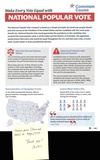
|
2022 aug 23

|
2022 aug 23

|
2022 aug 23

|
2022 aug 23

|
More... |

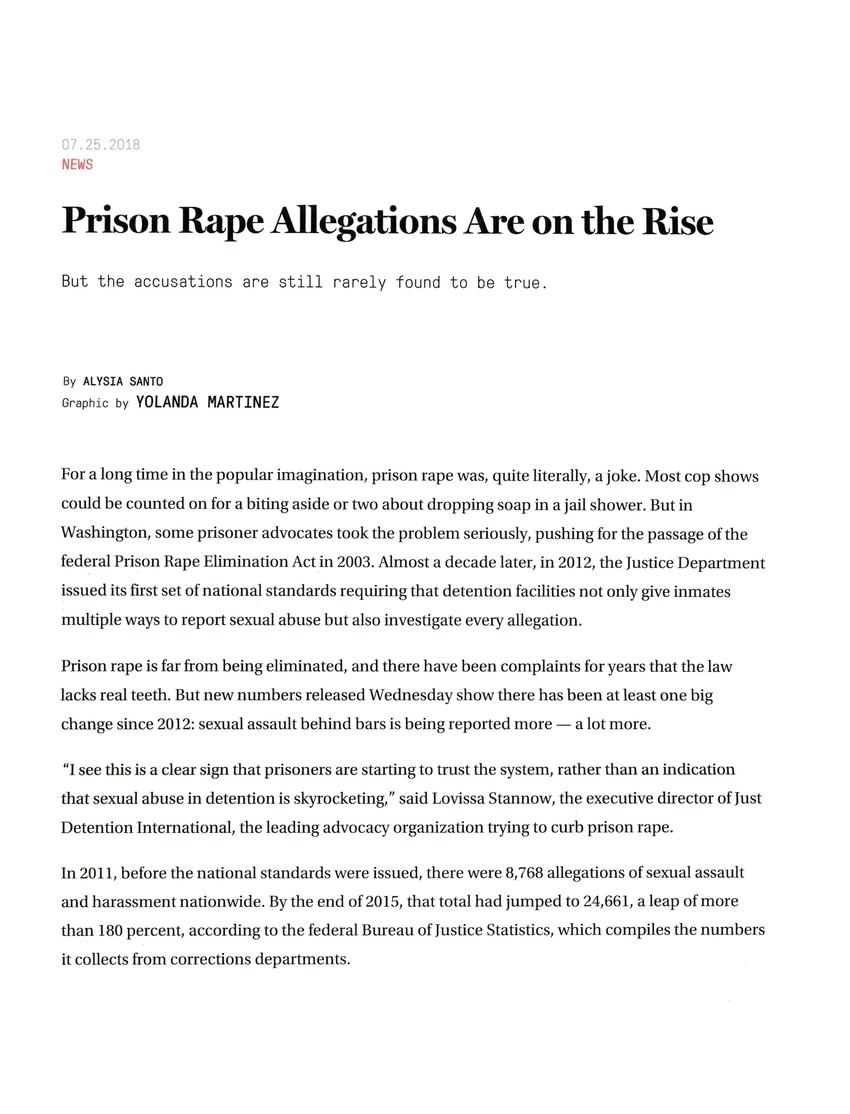
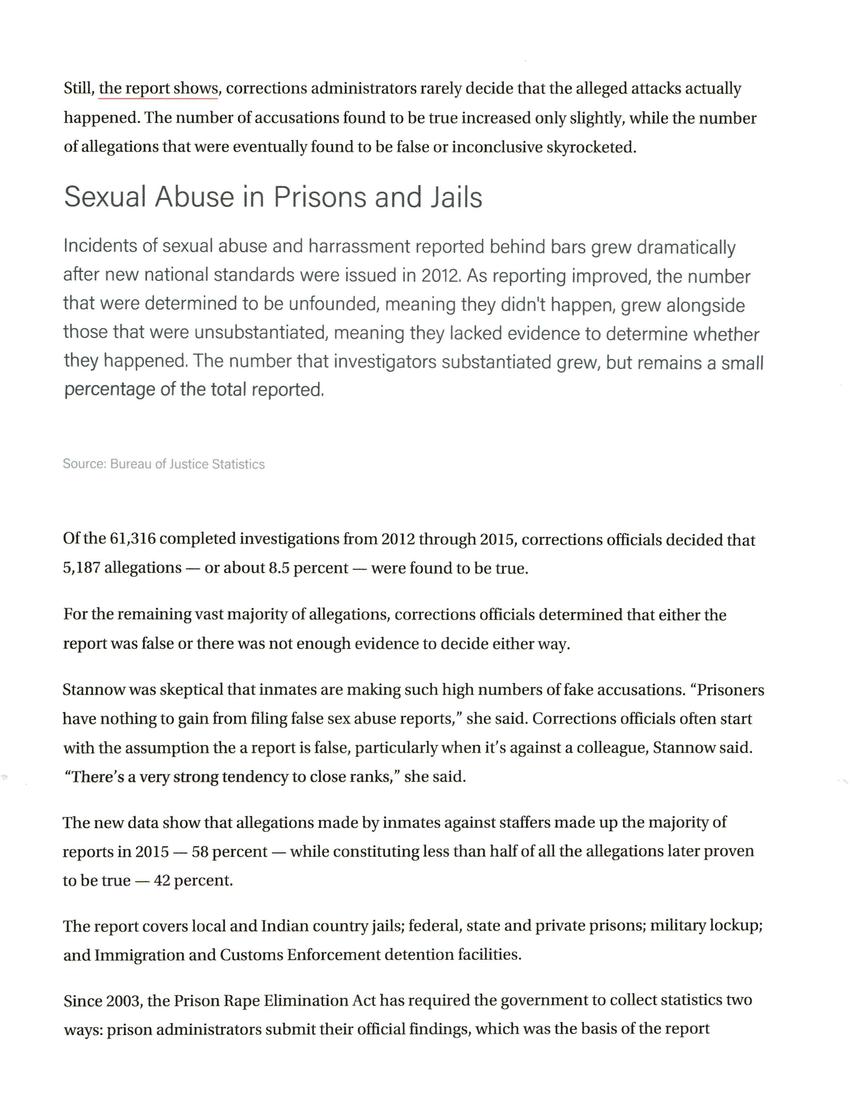
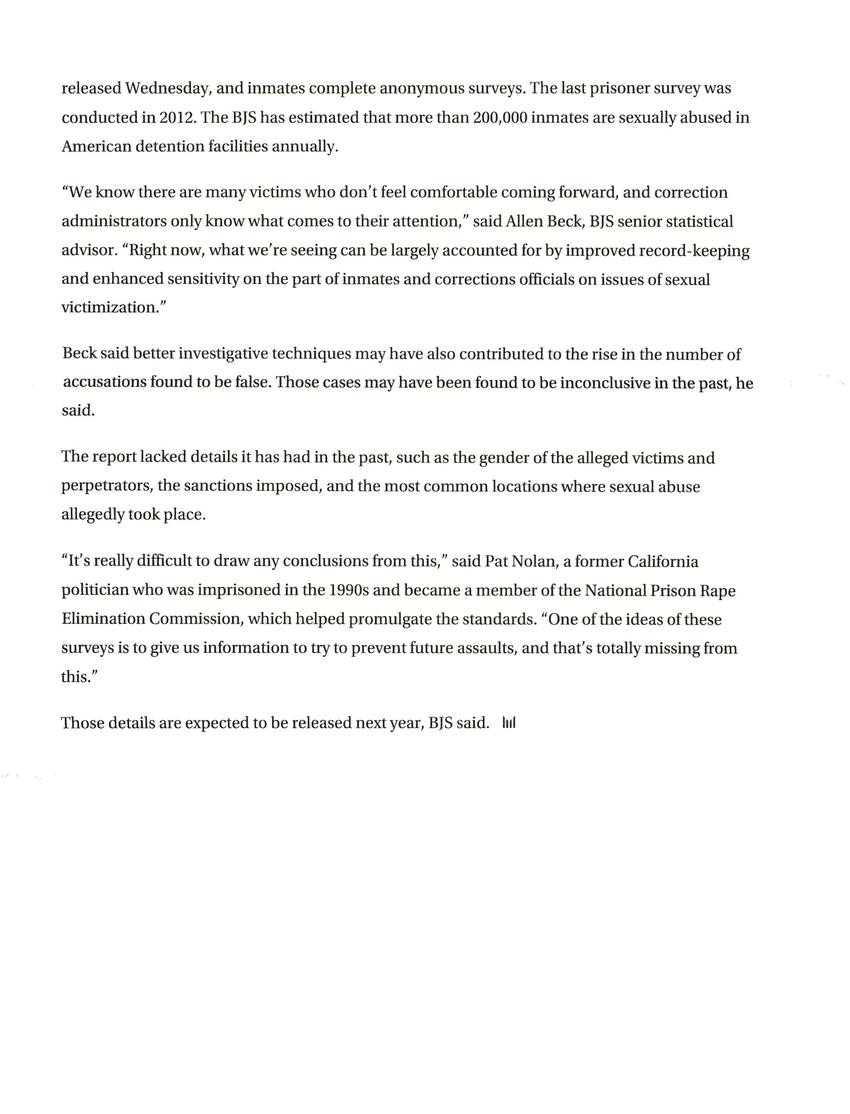
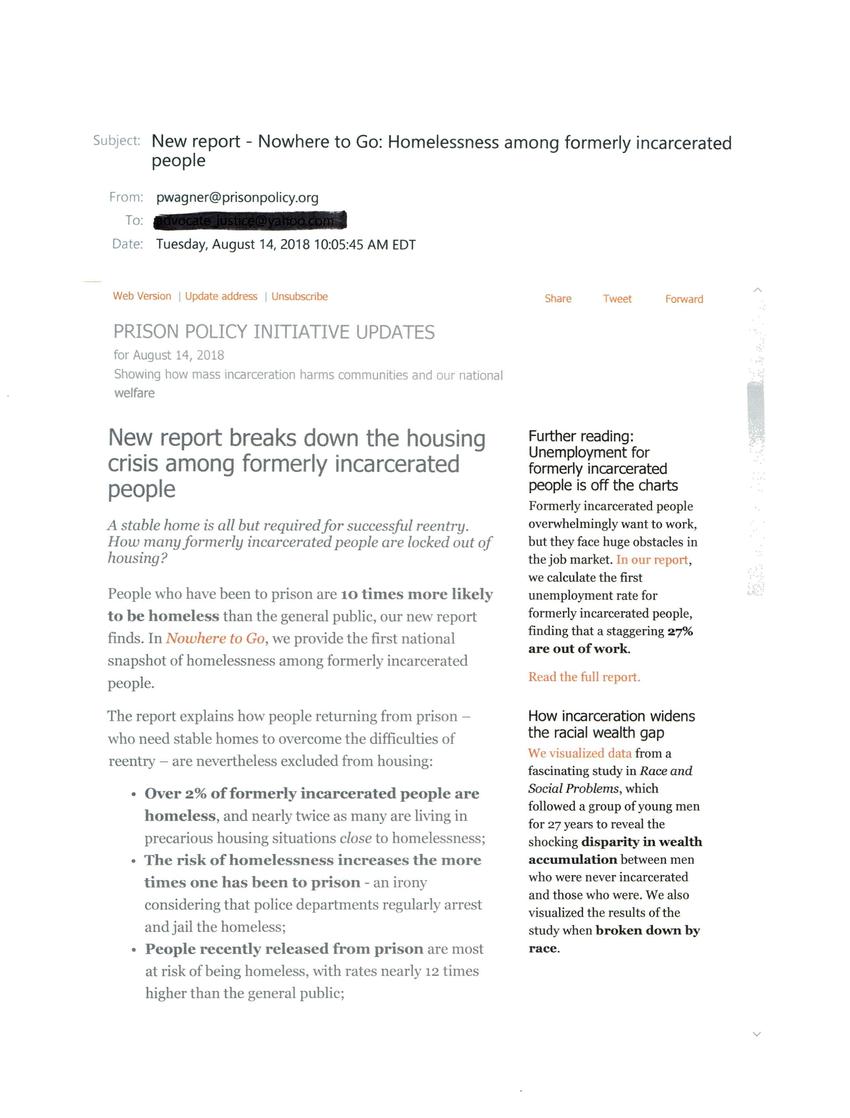
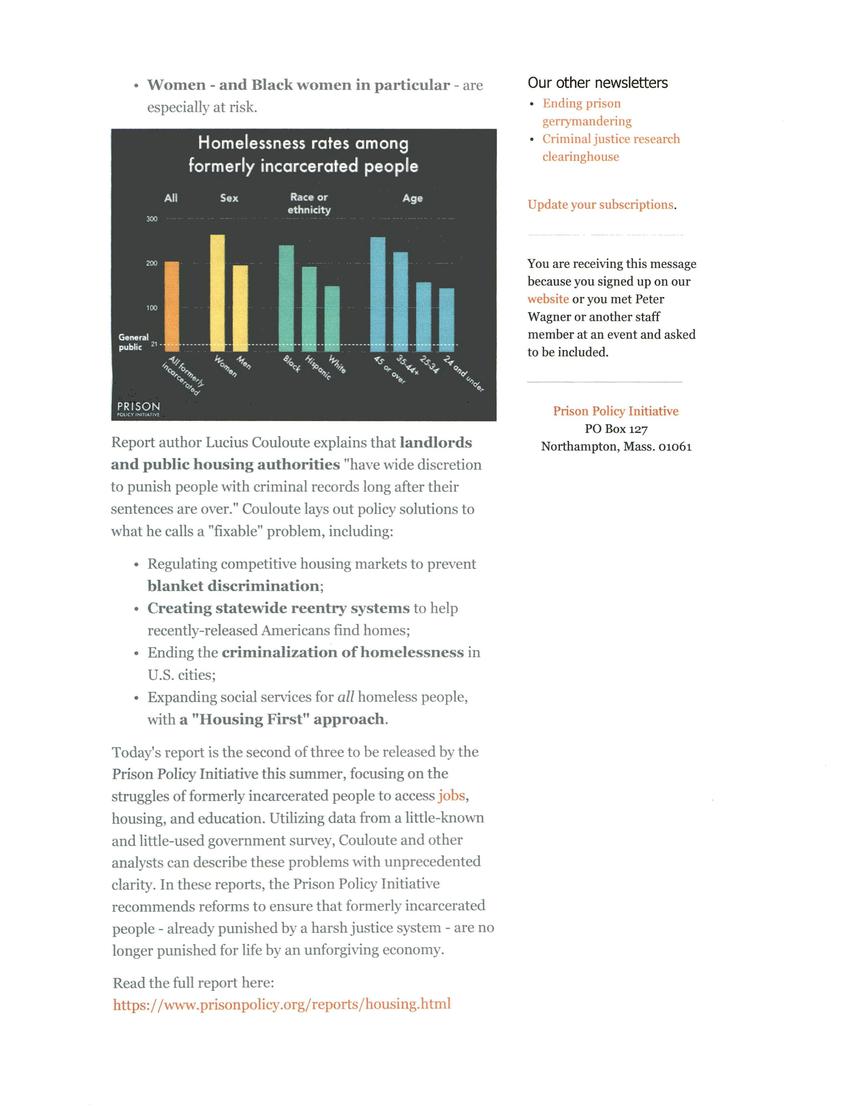

Replies